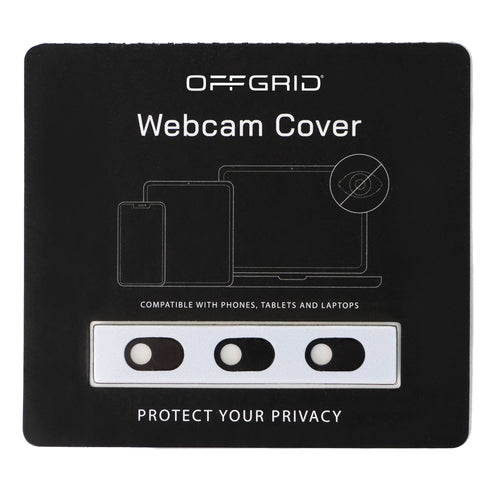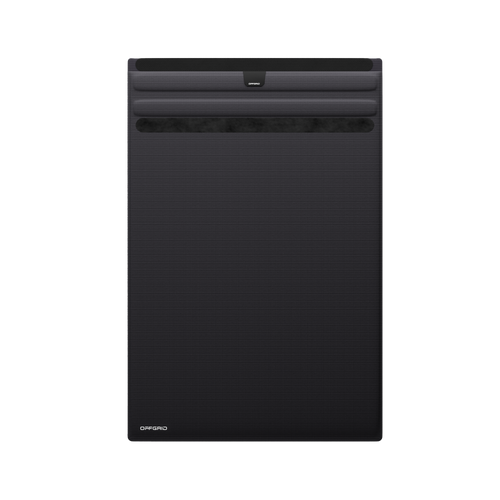Buying used electronics feels like a smart move. You save money, keep devices out of landfills, and get something that usually works just as well as a new model. But there’s a side of the second-hand market most people don’t think about. Your phone, laptop, or tablet is a signal-producing machine. It broadcasts identifiers and interacts with networks in ways that can reveal more about you than you expect. When a device has a past life, those risks can grow.
If you’re buying a used device or already using one, it helps to know what might be riding along from the previous owner and what you can do to protect yourself.
The Hidden History Inside Used Electronics
A modern device keeps a history that goes deeper than the files you can see.
1. Persistent Identifiers
Phones and tablets have hardware identifiers like IMEI, MEID, serial numbers, Bluetooth MAC addresses, and Wi-Fi MAC addresses. These don’t reset with a factory wipe. If the device was ever flagged, tracked, or linked to an identity, the identifier remains.
2. Old Accounts and Configurations
A factory reset removes most user data, but it doesn’t guarantee a fresh start. A phone tied to a carrier account or cloud lock can still be associated with someone else. In some cases, the device may quietly ping old services in the background, even after you log in with your information.
3. Firmware and Baseband Risks
The baseband processor handles cellular communication. It runs its own firmware, and if that firmware was ever modified, you wouldn’t notice from the operating system. This is rare, but it’s a known security concern in the used phone market.
How Used Devices Affect Your Signal Privacy
Even if the device looks new on the surface, its radio behavior can carry over from whoever owned it before.
1. Network Behavior
A used phone may auto-connect to old Wi-Fi networks if the seller didn’t wipe the configuration properly. Public or private network reconnections leak location patterns, which can be a problem if you care about signal privacy.
2. Tracking and Blacklist Issues
If a device was blacklisted or reported lost or stolen, its IMEI can still be logged when it connects to towers. Some tracking services or databases may continue to associate the device with its history. That can expose you to unnecessary attention or disruptions.
3. Signal Fingerprinting
Every device has a unique radio fingerprint created by tiny manufacturing differences. Researchers and some surveillance systems can match this fingerprint across time. Buying used might mean inheriting a fingerprint that has already been tracked.
Practical Risks You Should Consider
Used devices aren’t unsafe by default, but the risks are real enough to take seriously.
1. Privacy Exposure
If the device still runs old apps, preinstalled carrier software, or modified firmware, it can leak your location or metadata through background signals.
2. Security Weak Points
Unsupported models or older operating systems often miss critical security patches. That leaves your communications and device traffic more vulnerable.
3. Cross-Contamination of Data
Old configurations, hidden profiles, or synced services sometimes survive resets, especially on laptops. These leftovers can interact with networks or cloud systems in unpredictable ways.
How To Protect Yourself When Buying a Used Device
You can cut most risks with a few simple steps.
1. Buy from trusted sellers
Avoid marketplace listings that give no history. Reputable refurbishers usually verify IMEI status, reset firmware, and test security features.
2. Check the IMEI or serial
Before you buy, run the IMEI or serial number through a blacklist checker to make sure it isn’t flagged or tied to a carrier lock.
3. Update everything
Install the newest OS updates. Update baseband firmware if your model allows it.
4. Reset the device the right way
Do a full wipe. For laptops, reinstall the operating system from scratch rather than relying on built-in resets.
5. Turn off unnecessary radios
Disable Wi-Fi auto-connect, Bluetooth, NFC, and other radios you don’t use. This limits background signaling.
6. Use privacy-first tools
Layering privacy hardware or software can help mask your network presence and reduce the exposure created by old device identifiers.
Should You Use a Used Device for Privacy-Sensitive Work?
If privacy is a top priority, new hardware is usually the safer choice. You get clean identifiers, current updates, and fewer unknowns. Used electronics are often fine for everyday tasks, but the more sensitive your work, the more important it is to control every layer of your device’s history.
Final Thoughts
Used electronics are great for your wallet and the planet, but they come with more signal-privacy baggage than most people expect. Understanding identifiers, radio behavior, and the invisible history of a device can help you make smarter, safer choices. If you take a few precautions, you can enjoy the benefits of second-hand tech without inheriting someone else’s digital footprint.




